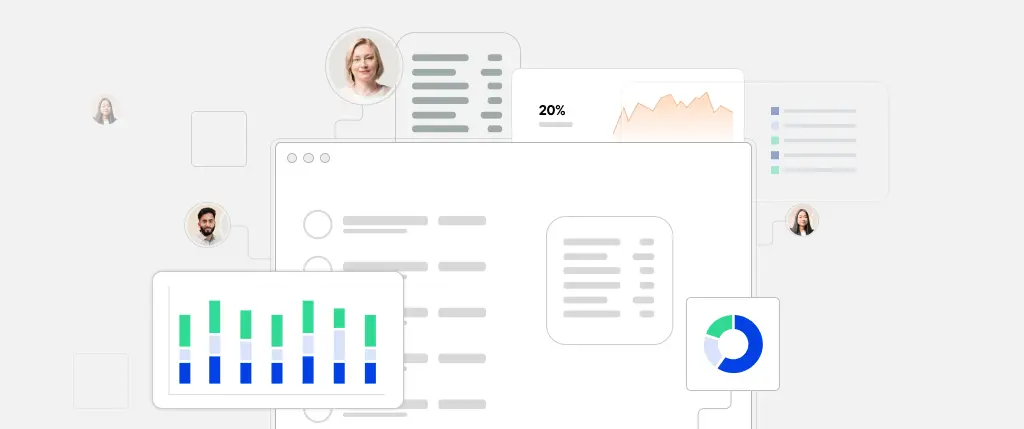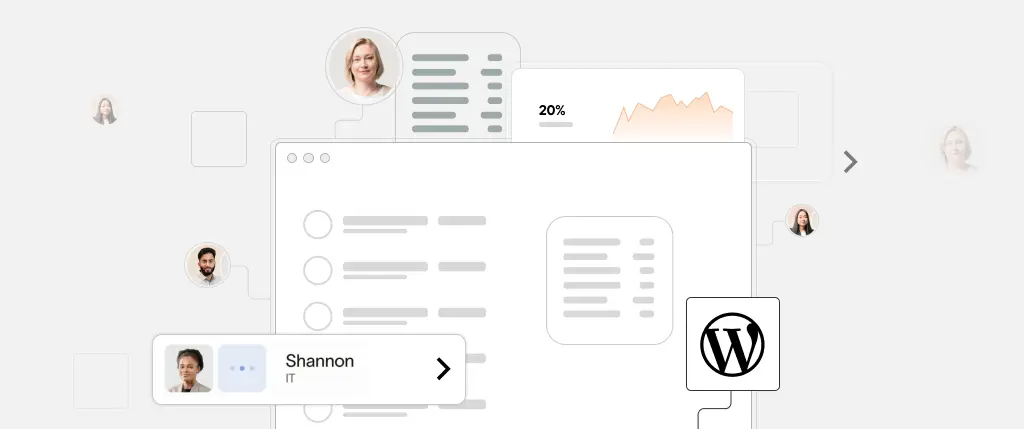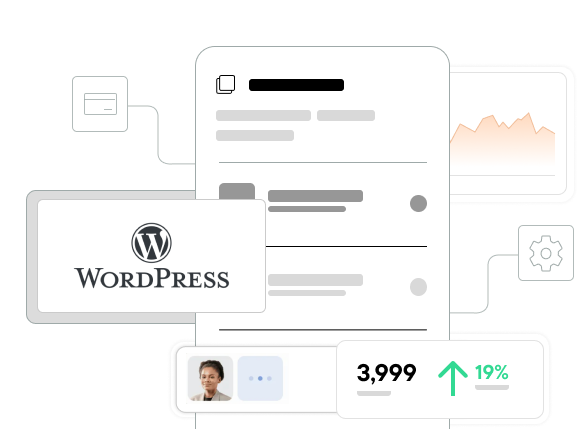API-first CMS WordPress integration is transforming how developers and content teams manage digital experiences. While WordPress has long been the go-to all-in-one CMS, it’s increasingly being paired with tools like Sanity and Strapi to support headless architecture, structured content workflows, and omnichannel delivery.
If you’re a WordPress user wondering whether to go headless, integrate external content APIs, or prepare your site for a more modular future, this guide is for you.
Let’s explore what an API-first CMS is, how it fits with WordPress, and what tools like Sanity, Strapi—and Sitebox—bring to the table.
What Is an API-First CMS?
An API-first CMS is designed from the ground up to deliver content via APIs (REST or GraphQL) rather than coupling it directly with themes or frontend logic.
Key Features of API-First CMS Platforms:
- ✅ Structured, flexible content models
- ✅ REST/GraphQL endpoints
- ✅ No assumptions about your frontend (React, Vue, mobile, etc.)
- ✅ Ideal for multi-channel publishing: websites, apps, digital displays, IoT
Popular examples:
Traditional CMS vs API-First CMS
| Feature | Traditional CMS (WordPress) | API-First CMS (Sanity, Strapi) |
|---|---|---|
| Content + Presentation | Coupled | Decoupled |
| Frontend Rendering | PHP templates | JavaScript or native APIs |
| API Integration | Add-on | Core feature |
| Publishing Channels | Web | Web, mobile, apps, IoT |
| Flexibility & Modularity | Limited | High |
WordPress Is Becoming More API-Friendly
With the REST API and block-based Gutenberg editor, WordPress is evolving into a more modular, API-compatible system. But by default, it’s not fully headless—that’s where tools like Sanity and Strapi come in.
Why Combine WordPress with API-First CMS?
Integrating an API-first CMS with WordPress enables:
- Scalability – Handle high volumes of structured content externally
- Frontend Freedom – Use React, Vue, or Next.js
- Omnichannel Publishing – Power mobile apps, kiosks, digital signage
- Structured Workflows – Editorial teams can work in platforms purpose-built for collaboration
How to Integrate Sanity with WordPress
What Is Sanity?
Sanity is a real-time, collaborative, API-first CMS with:
- Custom content schemas
- Structured content storage
- GROQ query language
- Image pipeline and assets CDN
Fetching Sanity Content in WordPress
$sanity_data = wp_remote_get('https://your-project-id.api.sanity.io/v1/data/query/production?query=*[_type=="post"]');
if (!is_wp_error($sanity_data)) {
$body = wp_remote_retrieve_body($sanity_data);
$data = json_decode($body, true);
foreach ($data['result'] as $post) {
echo '<h2>' . esc_html($post['title']) . '</h2>';
}
}✅ Render inside a custom block, shortcode, or template part.
How to Integrate Strapi with WordPress
What Is Strapi?
Strapi is a self-hosted, open-source Node.js headless CMS. Features include:
- Flexible content modeling
- Built-in REST and GraphQL APIs
- Role-based access control
- Plugin ecosystem
Calling Strapi from WordPress
$response = wp_remote_get('https://your-strapi-instance.com/api/articles');
if (!is_wp_error($response)) {
$articles = json_decode(wp_remote_retrieve_body($response), true);
foreach ($articles['data'] as $article) {
echo '<p>' . esc_html($article['attributes']['title']) . '</p>';
}
}✅ Easily render tutorials, events, or any custom type in WordPress themes or blocks.
Decoupled vs Hybrid Architectures
You don’t have to go fully headless. Many successful teams adopt a hybrid architecture:
- WordPress handles blogs, landing pages, SEO
- Sanity/Strapi powers structured, app-specific, or multi-channel content
- Merge content sources in the frontend (React, Next.js, or PHP templates)
This is the model behind modern enterprise WordPress implementations.
Rendering API Content in Gutenberg Blocks
Register a dynamic block that pulls API content:
register_block_type('custom/api-posts', [
'render_callback' => function () {
$response = wp_remote_get('https://cms.com/api/posts');
$data = json_decode(wp_remote_retrieve_body($response), true);
ob_start();
echo '<ul>';
foreach ($data as $item) {
echo '<li>' . esc_html($item['title']) . '</li>';
}
echo '</ul>';
return ob_get_clean();
}
]✅ Now you can place API content directly in your Gutenberg editor.
Best Practices for WordPress and API-First CMS Integration
✅ Cache External API Responses
$data = get_transient('sanity_data');
if (!$data) {
$data = wp_remote_get('https://...');
set_transient('sanity_data', $data, 600);
}✅ Use Background Tasks
For syncing large datasets, use WP-Cron or Action Scheduler.
✅ Respect API Rate Limits
Implement retries and backoff for production use.
✅ Normalize Your Content Structure
Use consistent field names, slugs, and types across WordPress and external CMSs to reduce complexity.
Conclusion: API-First CMS WordPress = Future Ready
The future of WordPress is API-driven.
By integrating API-first CMS tools like Sanity and Strapi, you unlock:
- Structured, scalable content workflows
- Multi-channel delivery from a single source of truth
- Rich frontend flexibility with modern JS frameworks
- Faster, more modular development cycles
Whether you’re building a web app, marketing site, or mobile platform—API-first CMS WordPress integration gives you a future-ready foundation.
How Sitebox Helps with API-First WordPress
Sitebox is your API-first content companion for WordPress:
- 🧱 Structured Content Models – Build reusable, localized content schemas
- 🔗 Seamless Integration – Pull Sitebox data into WordPress via REST/GraphQL
- 🚀 Built for Performance – Caching, queuing, and webhook syncs out of the box
- 🔐 Secure & Scalable – Granular access control and production-ready uptime
With Sitebox, you can create a modular, headless-ready WordPress architecture with zero friction.




